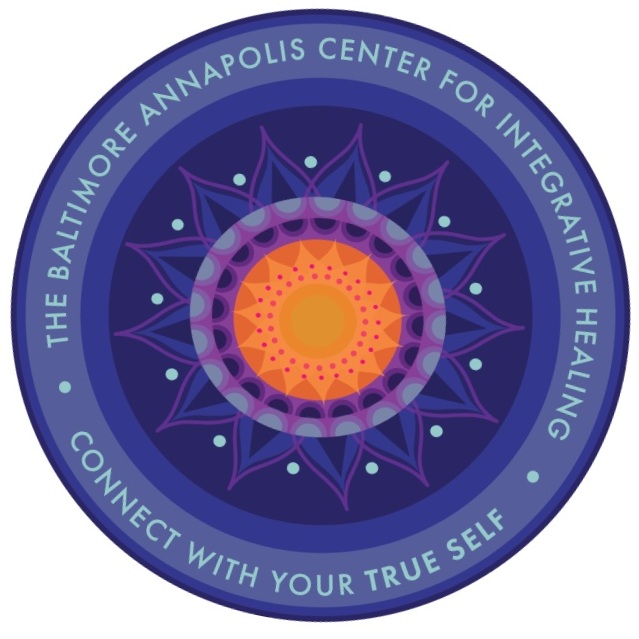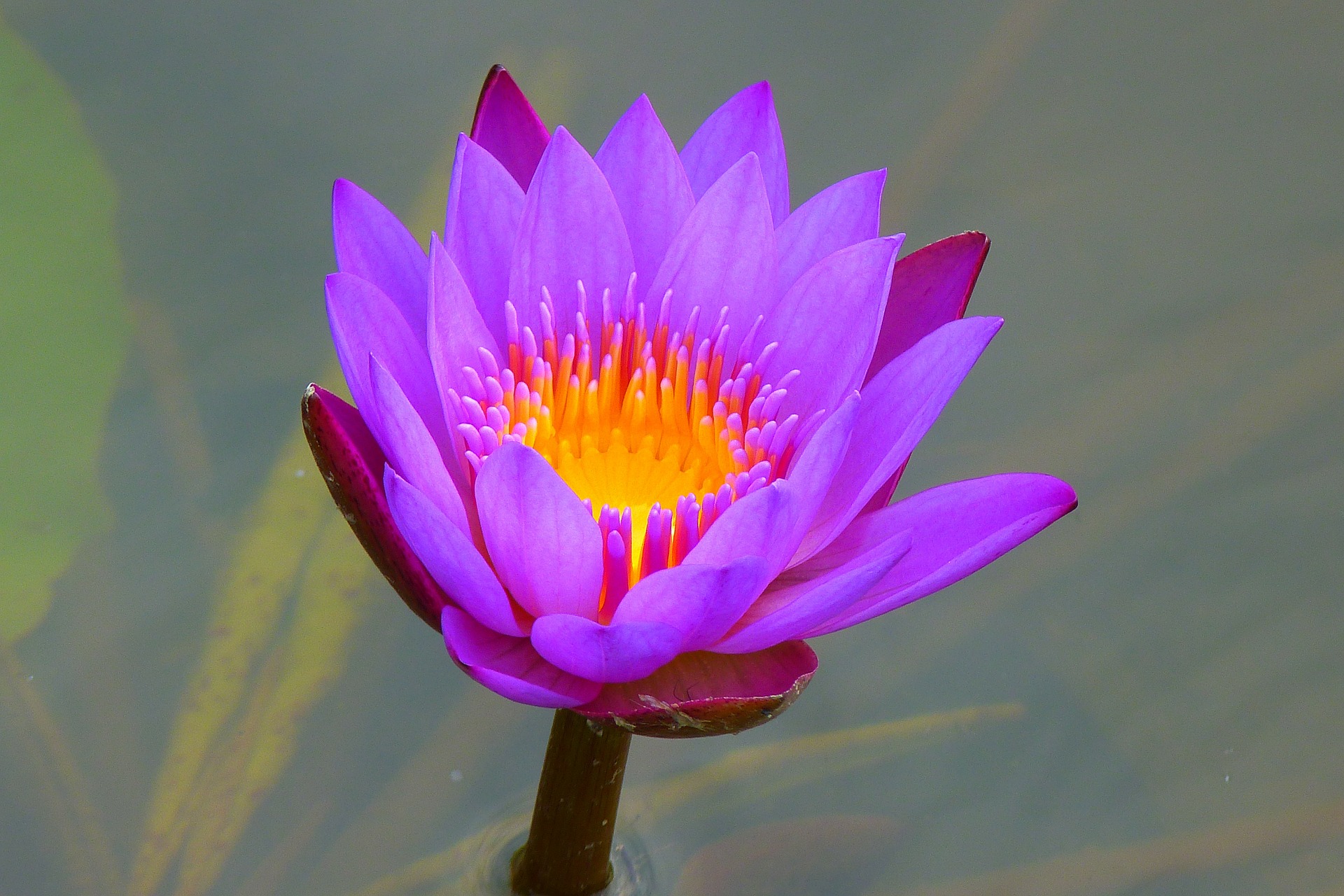This week's post in the series on integrative therapies is a guest blog! I am so honored that Amelia Mitchell, LMT, NCBTMB, LLCC, one of the owners of Alchemy Healing Arts in West Annapolis, agreed to write about CranioSacral Therapy. I have heard about this therapy for at least 20 years, and I have even tried it, but I was still unclear on what it really is, how it works, and what it is supposed to do. Amelia clears that up in her post below.
Full disclosure: Alchemy Healing Arts is my very favorite place to get a massage! They offer so much more than just massage though, which is one of the reasons that I asked Amelia to share information about CST with you. I would recommend them to anyone - and I am not receiving any compensation for saying that. I just love Alchemy! Every month they have lectures which are free for anyone to attend on topics of wellness. You can find the schedule here. They also offer many interesting workshops. Without further ado, here is Amelia's post:
CranioSacral Therapy: A Gentle, Hands-On Therapy Accessing the Body's Wisdom
There is a rhythm in the body called the CranioSacral rhythm (CSR). It is distinct from the heart and breathing rhythms. The CSR is created by the production and reabsorption of cerebrospinal fluid (CSF), which surrounds the brain and spinal cord. A CranioSacral Therapist will gently place hands on the body and palpate for this rhythm. Generally, we are looking for diminishment of the CSR. By treating these areas, we are treating the sources of problems, rather than just symptoms.
Image courtesy of Alchemy Healing Arts Center
All living beings have what is termed an Inner Wisdom. CranioSacral Therapy (CST) works with our Inner Wisdom and facilitates a person’s optimal health, wellness, and vitality. Using 5 grams of pressure or less (the weight of a nickel), the therapist accesses areas of restriction and supports the body as it releases the restrictions. We don't "fix.” Rather the therapist, through trained gentle touch, extensive knowledge of anatomy and physiology, and rapport with the Inner Wisdom, supports the body’s inborn ability to heal.
Who Can Benefit from CST
At Alchemy Healing Arts Center, we have a track record of success with migraines, chronic back and neck pain, TMJD, Fibromyalgia, concussion recovery, emotionally-based issues, PTSD, and Chronic Depletion in adults. Co-owner Laura Inman Mitchell, BA, LMT, CST, LLCC is also a pediatric specialist and has ten years of experience working with our little ones for nursing or latch challenges, colic, or torticollis. Older children often present with ADHD/ADD, Autism, and emotional problems such as anxiety or depression.
At any age, CST assists us in finding balance and releasing restrictions, so we can live more comfortably in our bodies, with resilience and resources. Instead of directing the body, we are listening to the body and responding to its needs.
Image courtesy of Alchemy Healing Arts Center
With the exception of a couple of disorders of the CSF distribution system, anyone is a candidate for CST. Performed while lying comfortably, clothed, and on a massage table, sessions are generally an hour long. Younger children are welcome to move about on the table and in the room. Laura has an innate talent at creating connection with children. After just a session or two, they often arrive at the office happily, and move right into the treatment room and climb on the table, ready for their session.
CST and Survivors of Trauma
Trauma, whether emotional or physical, is an interesting challenge. Most all of us have a scar or two that is visible, like where the glass shards cut my shoulder years ago in a car accident. Many other scars are invisible, and remain hidden in our bodies and our psyches. CST creates a healing and accepting place for the release of such restrictions. Often a client will become aware of certain pieces of a trauma during a session and participates in the release of the energy around a physical restriction. It is important to note that a CranioSacral therapist is not a talk therapist. We work with the body and what the physical tissue is presenting with, which can include emotions. The emotional components are held within the session with deep presence. We do not enter into talk therapy with the client. Those who are working through trauma need to also be working with a properly credentialed talk therapist.
Anxiety and Depression are well supported with CST. There are significant physical restrictions in the CS system associated with these, which impact the brain. Relief brings more freedom, more movement, more clarity. A better flow of CSF means that the brain is flushed and cleaned better. Deep relaxation can bring lowered stress, better sleep, and more capacity to live a balanced life. All of these benefits significantly reduce the effects of stress and anxiety, and support talk therapy.
Who Can Practice CST
CST is practiced by many after advanced training. Such practitioners include massage therapists, physical and occupational therapists, chiropractors, nurses, doctors, and others who are licensed to physically touch. We are trained by the Upledger Institute, founded by Dr. John Upledger, the modern developer of CST. More information about CST can be found in the book, "The Therapeutic Value of Listening," by Dr. John Upledger.
More About Alchemy Healing Arts
Alchemy Healing Arts Center is a holistic center offering Therapeutic and PreNatal Massage and advanced light touch therapies, such as CranioSacral Therapy and Lymph Drainage Therapy. They are located in West Annapolis and have a staff of six therapists. Laura Inman Mitchell, LMT, CST, NCBTMB, LLCC, their lead CS therapist, is a pediatric specialist and works with people of all ages. David Paad, CNM, RN works with adults.
Prospective clients are always welcome to call 410-263-1272 and speak with co-owner Amelia for a consultation. She is experienced with all that Alchemy offers as well as community resources. She can help people discern their best next step. Alchemy Healing Arts can be found online at www.alchemyhealingartscenter.com .
I so appreciate Amelia writing her guest post about CranioSacral Therapy! Have you ever tried CST? What did you think of it? I'd love to hear about your experiences - please share in the comments below!
Sources:
The Upledger Institute. (2011). Frequently asked questions: CranioSacral therapy. Retrieved from: http://www.upledger.com/content.asp?id=61.
The Craniosacral Therapy Association. (2015). This is Craniosacral therapy. Retrieved from: http://www.craniosacral.co.uk/this-is-craniosacral-therapy







